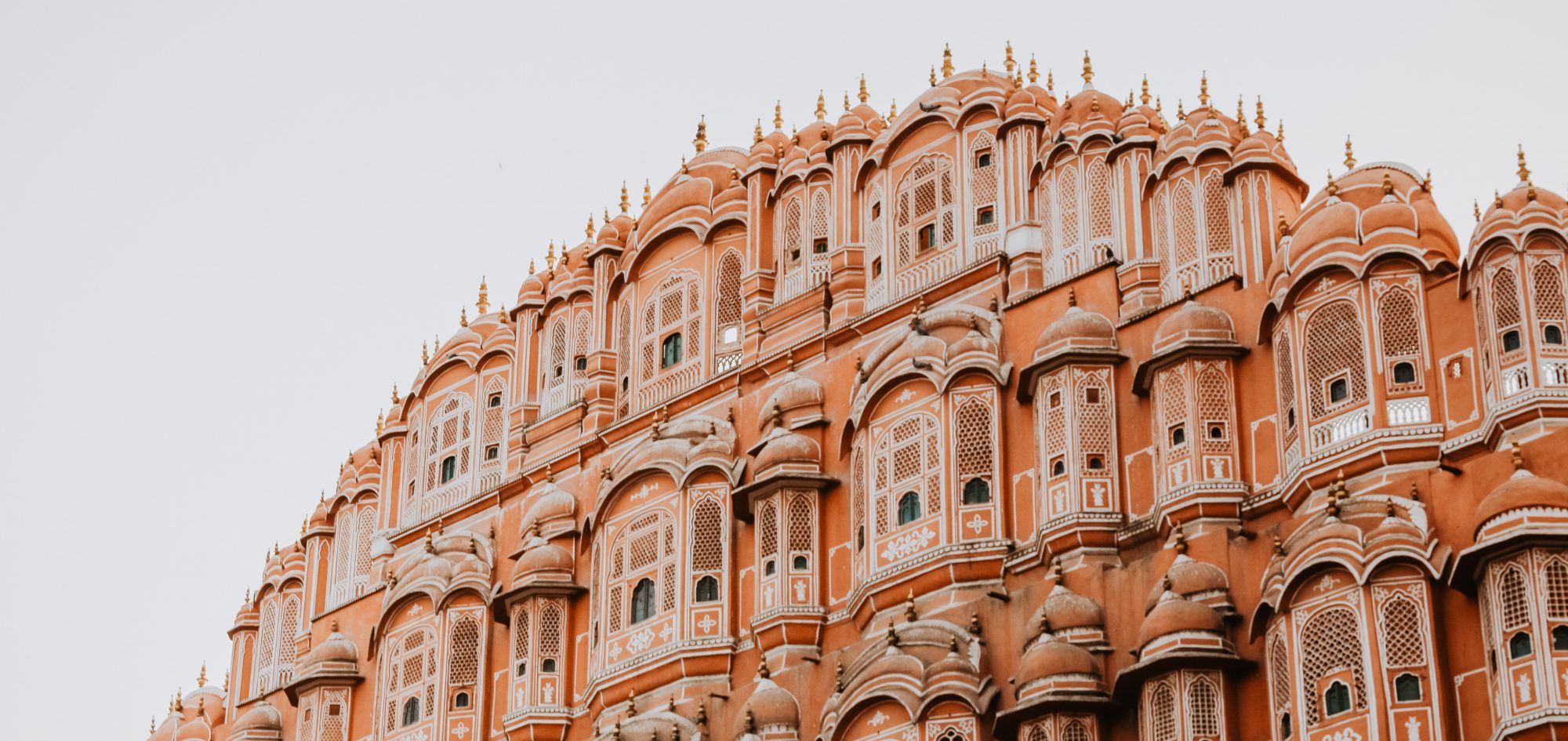
Phagwah or Phaguwa is one of the most ancient, joyous and colorful festivals of the Hindu calendar. This festival was brought down from Indian in 1838, by Indian Indentured Immigrants.
Holi is celebrated forty days from the planting of Holika (Castor Oil tree). The burning of Holika takes place on the Eve of Phagwah (full moon night). A huge structure (pyre) is built and kindled at the appropriate time in a symbolic act. Phagwah commemorates the New Year for Hindus.
Phagwah started at a time when India was facing a serious drought, affecting the various crops. However, the rain eventually came pouring down to the satisfaction of the people (farmers) who came out in the fields; playing with the water in joyous jubilation as they throw it on each other. Soon after, they start reaping their bountiful harvest (crop).
There are special forms of music and songs which are associated with Phagwah; Chowtaal singing is the dominant style, which is heard from Basant Panchmi night until eight days after Phagwah.
There are special forms of music and songs which are associated with Phagwah; Chowtaal singing is the dominant style, which is heard from Basant Panchmi night until eight days after Phagwah.
Holi was celebrated before the Prahalad’s legend. However, the story of Prahalad added new dimensions. Prahalad’s defiance of the many impositions of his father, King Hiranyakasyapu is testimony and evidence of firm faith in Truth and God. The burning of Holika (Prahalad’s Aunt) is reminiscent of his victory over evil. King Kasyapu contrived various diabolical means to kill his son Prahalad, who went against his will, but all his efforts were in vein. King Hiranyakasyapu; has a blessing (boon) that he would not die in the day or night, nor inside or outside of his house nor would he be killed by man or beast. So he felt that he was God and proclaimed that all worship must be henceforth given to him.;

